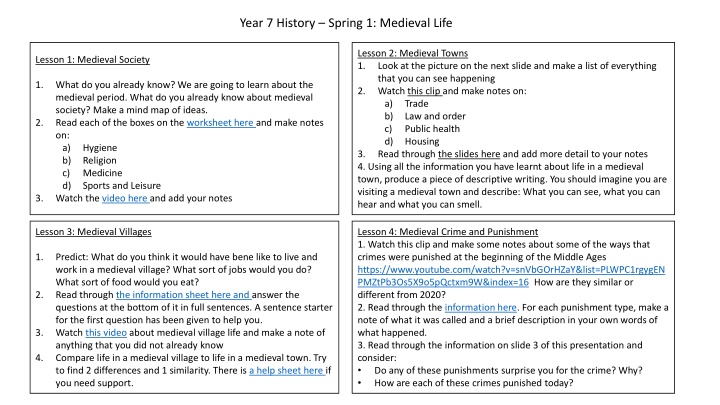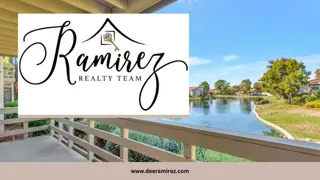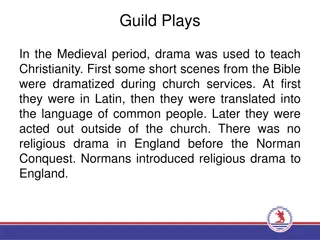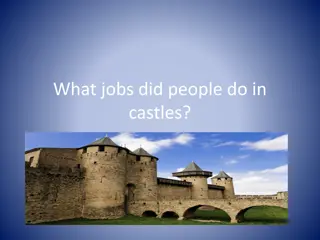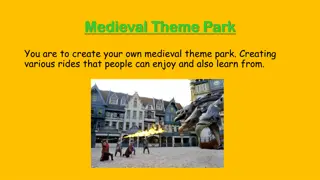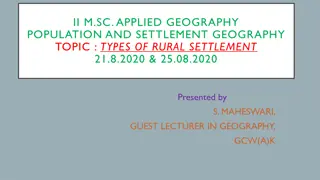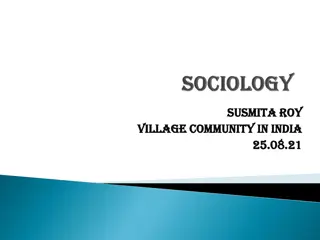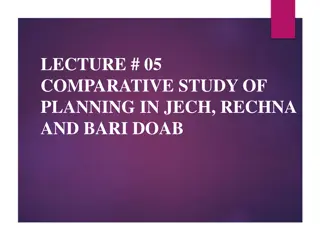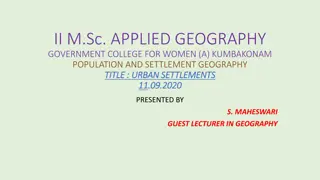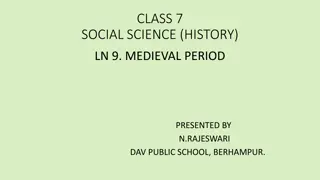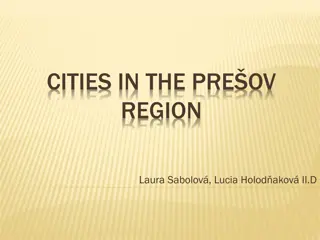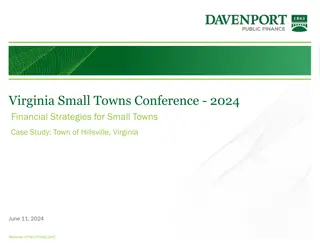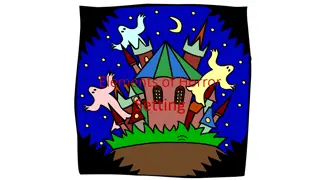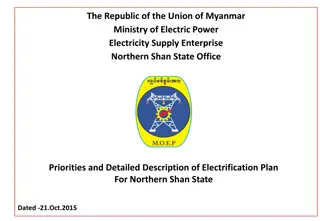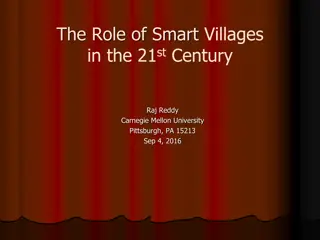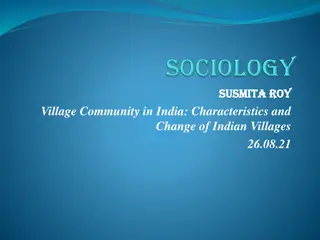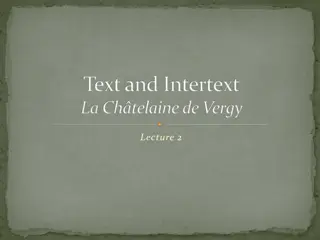Journey Through Medieval Life: Towns, Villages, and Castles
Explore the intricacies of medieval life by delving into the bustling towns, quaint villages, and imposing castles of the era. Uncover the daily activities, punishments, and architectural advancements that characterized this fascinating period in history.
Download Presentation

Please find below an Image/Link to download the presentation.
The content on the website is provided AS IS for your information and personal use only. It may not be sold, licensed, or shared on other websites without obtaining consent from the author.If you encounter any issues during the download, it is possible that the publisher has removed the file from their server.
You are allowed to download the files provided on this website for personal or commercial use, subject to the condition that they are used lawfully. All files are the property of their respective owners.
The content on the website is provided AS IS for your information and personal use only. It may not be sold, licensed, or shared on other websites without obtaining consent from the author.
E N D
Presentation Transcript
Year 7 History Spring 1: Medieval Life Lesson 2: Medieval Towns 1. Look at the picture on the next slide and make a list of everything that you can see happening 2. Watch this clip and make notes on: a) Trade b) Law and order c) Public health d) Housing 3. Read through the slides here and add more detail to your notes 4. Using all the information you have learnt about life in a medieval town, produce a piece of descriptive writing. You should imagine you are visiting a medieval town and describe: What you can see, what you can hear and what you can smell. Lesson 1: Medieval Society 1. What do you already know? We are going to learn about the medieval period. What do you already know about medieval society? Make a mind map of ideas. Read each of the boxes on the worksheet here and make notes on: a) Hygiene b) Religion c) Medicine d) Sports and Leisure Watch the video here and add your notes 2. 3. Lesson 3: Medieval Villages Lesson 4: Medieval Crime and Punishment 1. Watch this clip and make some notes about some of the ways that crimes were punished at the beginning of the Middle Ages https://www.youtube.com/watch?v=snVbGOrHZaY&list=PLWPC1rgygEN PMZtPb3Os5X9o5pQctxm9W&index=16 How are they similar or different from 2020? 2. Read through the information here. For each punishment type, make a note of what it was called and a brief description in your own words of what happened. 3. Read through the information on slide 3 of this presentation and consider: Do any of these punishments surprise you for the crime? Why? How are each of these crimes punished today? 1. Predict: What do you think it would have bene like to live and work in a medieval village? What sort of jobs would you do? What sort of food would you eat? Read through the information sheet here and answer the questions at the bottom of it in full sentences. A sentence starter for the first question has been given to help you. Watch this video about medieval village life and make a note of anything that you did not already know Compare life in a medieval village to life in a medieval town. Try to find 2 differences and 1 similarity. There is a help sheet here if you need support. 2. 3. 4.
Lesson 2, task 1: List everything that you can see happening in this picture
Punishment Minor punishment- fine Description Crime Most minor crimes eg not going to church A sum of money had to be paid to the Lord of the Manor or the King. Most people could not afford the fines so faced the punishments listed below. Medium punishments Cheating money from people Telling lies Being a public nuisance A period of time had to be spent in the stocks or pillory. The stocks were usually positioned in a public place and villagers would often throw rotten vegetables at the criminal. Severe punishments Stealing Hunting on royal ground without permission Cutting off part of the body. Amputation of ears, hands and tongue were all common punishments along with whippings. Death Treason Murder, Arson, Mugging, Adultery Forgery, Guilty by Trial by Ordeal Stealing expensive items The usual method of execution for men was by hanging. Most towns had a gibbet and bodies were left to rot as a warning to others. For treason the punishment was to be hanged drawn and quartered. Women were usually strangled and burnt. Execution by beheading was used as a punishment for nobles found guilty of treason.
Year 7 History: Medieval Life 5: Development of Castles Square Stone Keep Castles 1. Retrieval: Write down everything that you can remember from your prior learning about Motte and Bailey Castles We are going to look at how castles were developed over time. 2. Research Square Stone Keep castles. You need to find out: Why were square stone keep castles built? What were the features of the square stone keep castles? You should include a labelled diagram explaining the different features Explain the advantages and disadvantages of square stone keep castles. What were their strengths? What were their weaknesses? If you are finding it difficult to find information online, you can use the help sheet here 6: Concentric Castles 1. Do some online research about Concentric Castles. There is a help sheet here if you need support. You need to find out: Why were Concentric Castles built? Include a picture of a Concentric Castle explaining the different features. Explain the advantages and disadvantages of Concentric Castles. What were their strengths? What were their weaknesses? 2. You have now learnt about 3 types of castle Motte and Bailey, Square Stone Keep and Concentric. Write a paragraph explaining how the castles changed over time, and why they needed to change. Lesson 7: Portchester Castle Additional tasks: If you have completed all of the work in this pack, please choose from the additional tasks below: In lesson, we will complete an assessment about how useful Portchester Castle is for a historian studying how castles changed over time. Research Portchester Castle. Try to find out what type of castle it was, who used it and how it changed over time. This is a good website to use: https://www.english-heritage.org.uk/visit/places/portchester- castle/history-and-stories/history/ Complete these lessons from Oak National Academy https://classroom.thenational.academy/units/who-held-power-in- medieval-towns-700a Read through the information on BBC Bitesize about attacking and defending castles: https://www.bbc.co.uk/bitesize/topics/z74jpv4/articles/zhrb6v4 Then, write down your initial thoughts about how useful Portchester Castle is for learning about Norman Castles. Does it show us how the castles developed over time?
